Voronoi tessellation meshes focus on sea ice areas of interest and reduce computer resource needs.
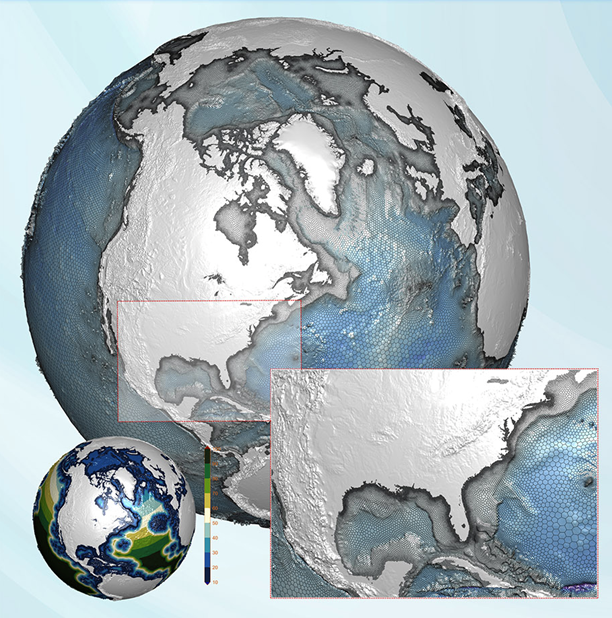
news, journals and articles from all over the world.
DOE science news, Department of Energy, Office of Science US gov.

Voronoi tessellation meshes focus on sea ice areas of interest and reduce computer resource needs.
While the SNO+ experiment is focused on particle physics, it has also revealed insights into using neutrinos for nuclear non-proliferation.
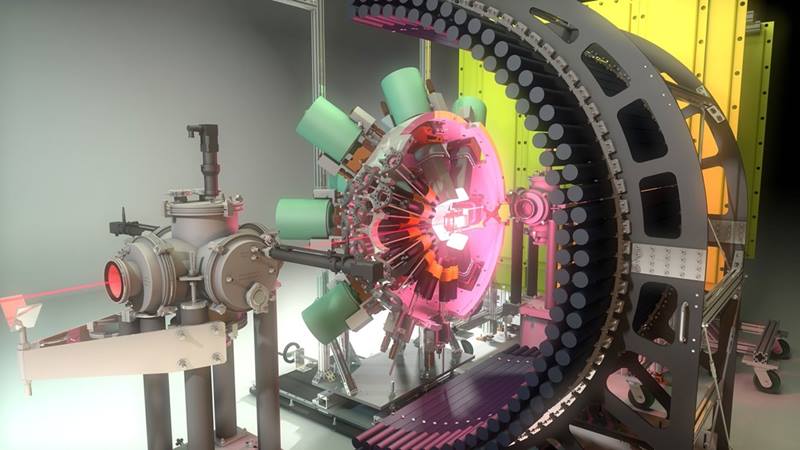
A newly discovered excited state in radioactive sodium-32 has an unusually long lifetime, and its shape dynamics could be the cause.

Scientists investigate neutrinoless double beta decay through neutrino mass and the nuclear structure of germanium-76.
A new, more precise model of turbulence is helping scientists better understand how heat moves through the ocean.
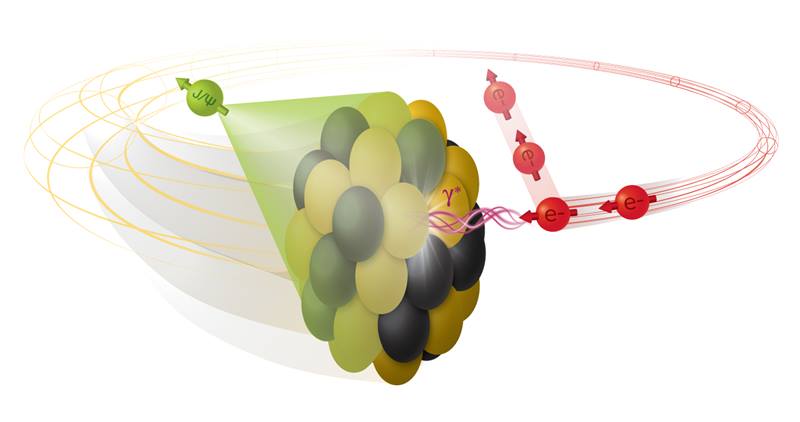
New theoretical work indicates that the future Electron Ion Collider can be used to measure the shape of atomic nuclei.
A new approach to materials by Joshua Zide and his team turns semiconductors into nanocomposites with different properties and new applications.

Measurements of the nuclear structure of cesium-136 open a new channel for measurements of astrophysical neutrinos and searches for dark matter.
Snowpack in mountains acts as water storage for downstream communities. They could face low-to-no snow winters under certain emissions scenarios.
The Department of Energy and The French Alternative Energies and Atomic Energy Commission (CEA) have a rich history of scientific and technological cooperation spanning many fields and projects.
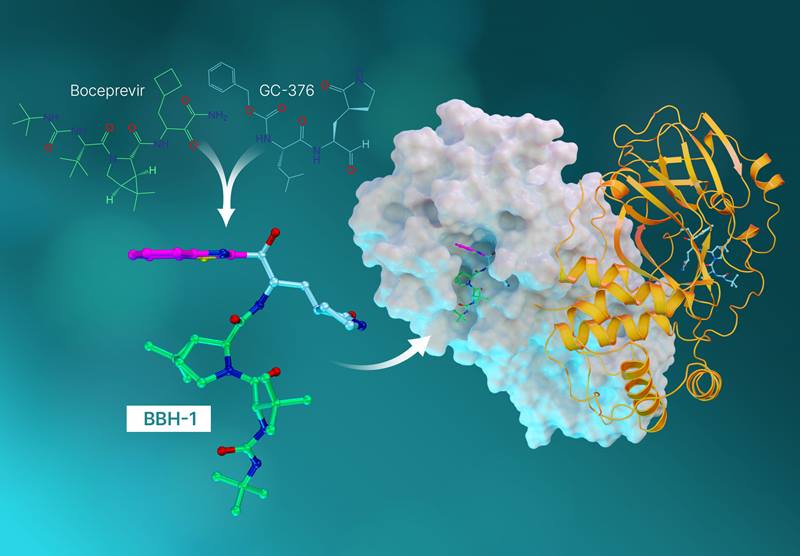
Solving atomic structure and binding for improved antiviral drugs.

Machine learning and artificial intelligence accelerate nanomaterials investigations.
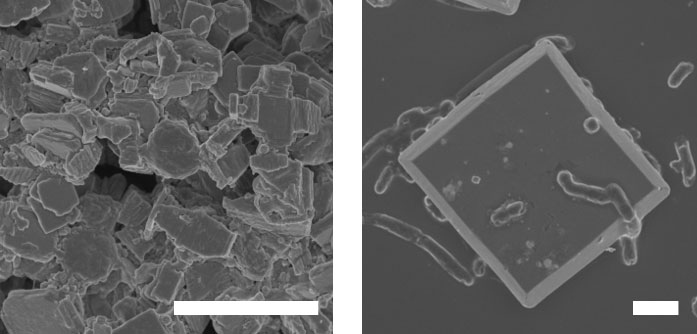
Scientists develop a multimodal imaging approach to study microbe–semiconductor biohybrids at the single-cell to single-molecule level.

New computational methods “fingerprint” polymer motions under flow.
Scientists have developed simulations of millions of galaxies to help them accurately interpret data from future state-of-the-art telescopes.

Crystalline nanoribbons synthesized to resonate with infrared light for imaging, sensing, and signaling pass a crucial test.

Experiment at Oak Ridge National Laboratory’s High Flux Isotope Reactor precisely measures the antineutrino energy spectrum.

New tools borrowed from quantum computing will improve the detection of X-rays and gamma-rays.
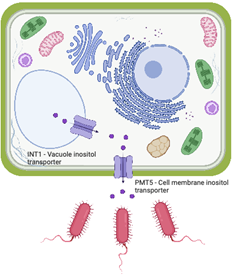
Scientists discover a mechanism for plant-microbe interactions.

Understanding defects paves the way for longer lifetimes for sodium-ion batteries — and lower energy storage costs.
Scientists and engineers are in the process of building and testing the infrastructure for the Deep Underground Neutrino Experiment.
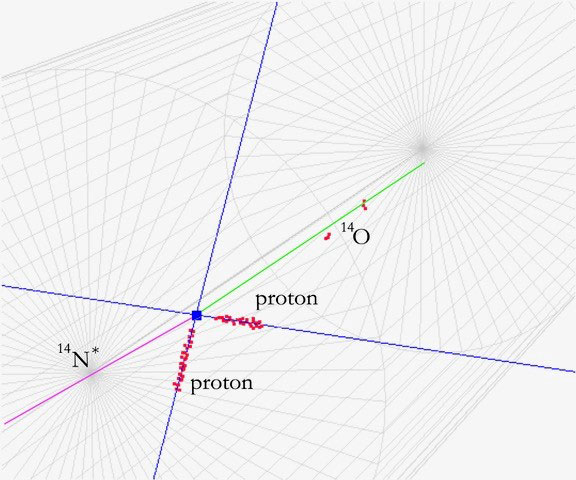
Scientists take pictures of a nuclear reaction in the laboratory to understand processes inside the cores of stars.
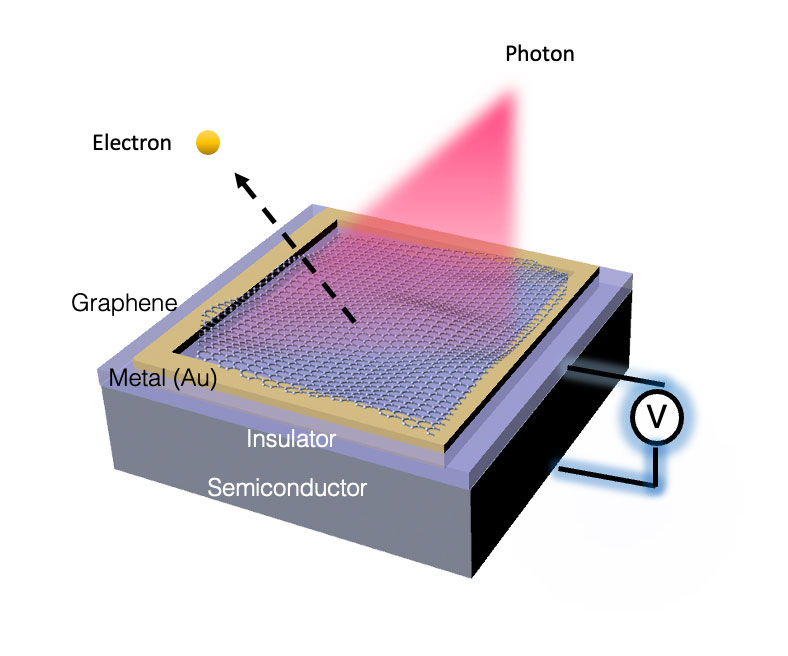
A graphene-insulator coating enables scientists to tune the energy required to liberate electrons from semiconductors.

Ultrafast X-ray studies reveal the existence of Superionic Ice XIX, which could explain the unusual magnetic fields of icy giant planets.
Computer scientists are developing new software to help astrophysicists interpret data from the Dark Energy Spectroscopic Instrument.
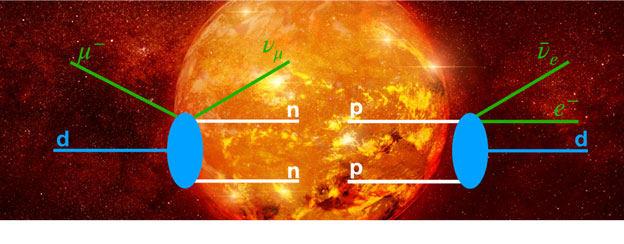
Nuclear theorists study muon capture on deuteron to understand proton-proton fusion and the hydrogen burning phases of stars.

A tungsten carbide catalyst can produce a hydrocarbon from carbon dioxide at high rates and high efficiency.
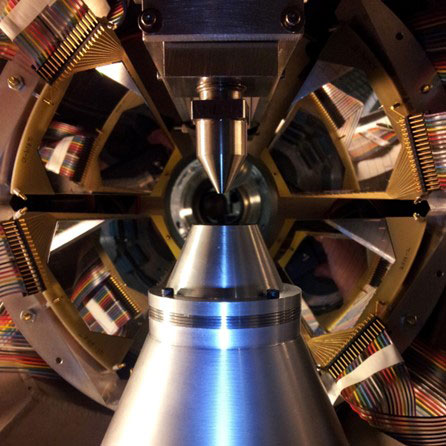
A unique study of a key reaction in X-ray burst nucleosynthesis bolsters the theoretical models used to calculate reaction rates.
A team of researchers developed a more accurate way to interpret simulations, helping expand our knowledge of colliding black holes.

By collecting the locations of 1,000-plus chloroplast-associated proteins, the atlas offers insights into protein functions and chloroplast organization.

New results will help physicists interpret experimental data from particle collisions and better understand the interactions of quarks and gluons.
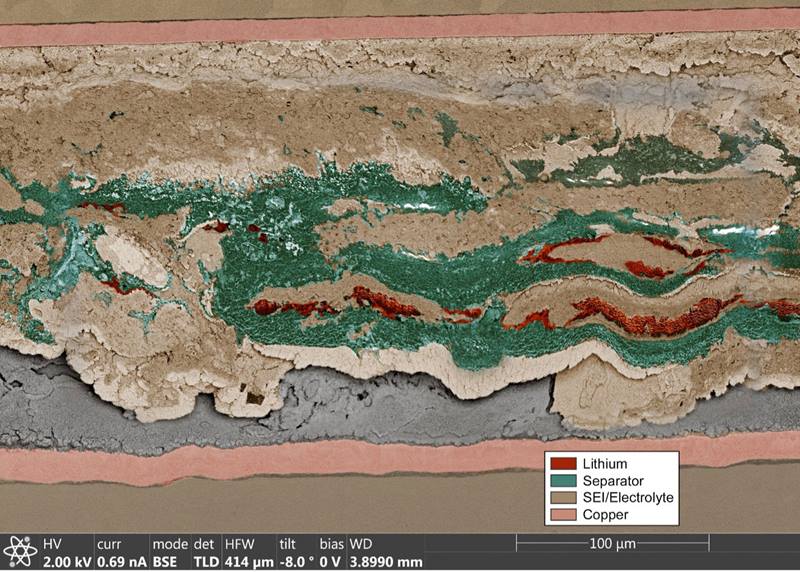
Scientists freeze and cut a battery in half to look inside and reveal why it fails.
As they studied the structure of nuclei, scientists at DOE’s Brookhaven National Laboratory found a new form of quantum entanglement.
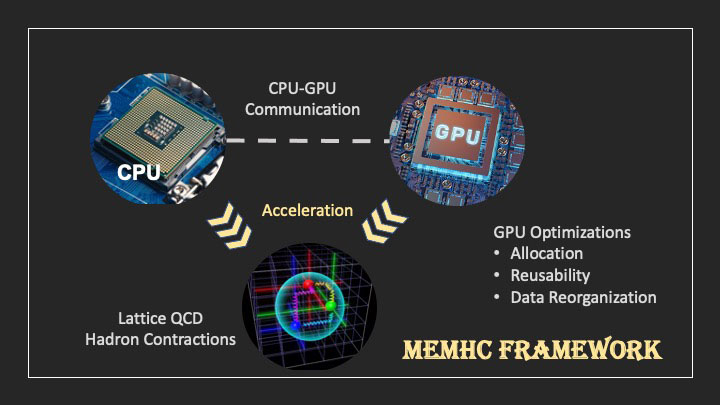
MemHC improves the efficiency of complex supercomputer physics calculations by optimizing memory management.
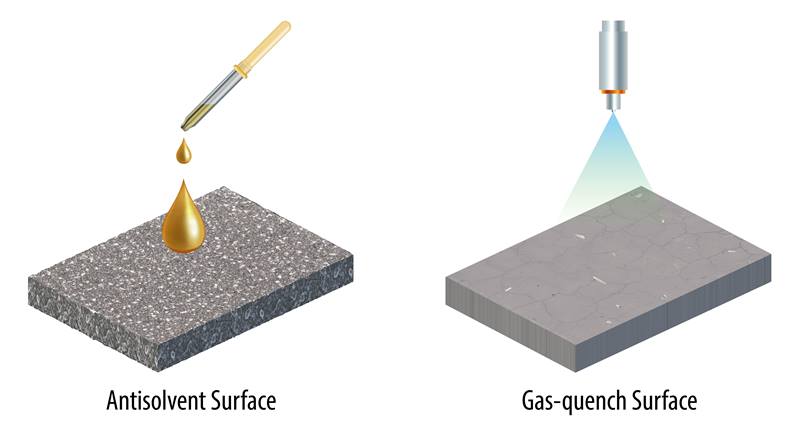
Researchers find a way to improve the stability of hybrid organic-inorganic crystals called mixed halide-perovskites, a promising material for solar cells.

Scientists illuminate the quantum dynamics of electrons in highly excited molecules.
Scientists at Michigan State University are studying unique energy levels in rare nuclei.

A molecule found in combustion on Earth and surrounding some stars can lead to the formation of an important organic hydrocarbon.
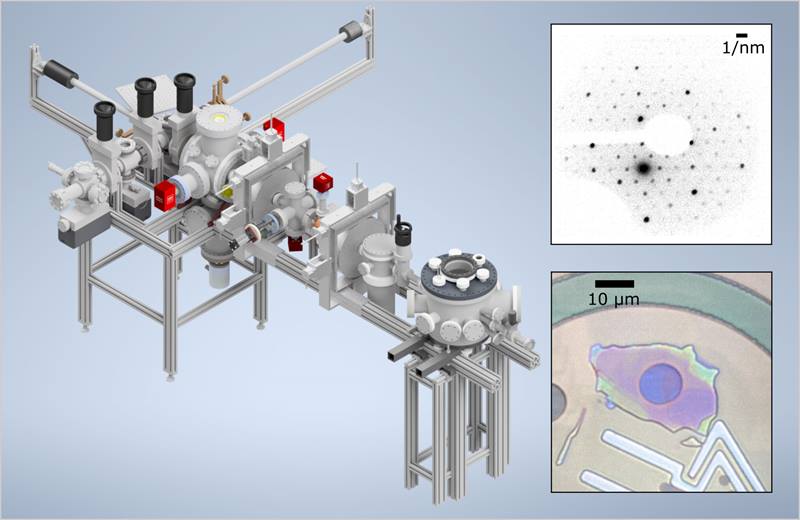
Bright electron beams unlock the study of small, thin materials on ultrafast timescales.
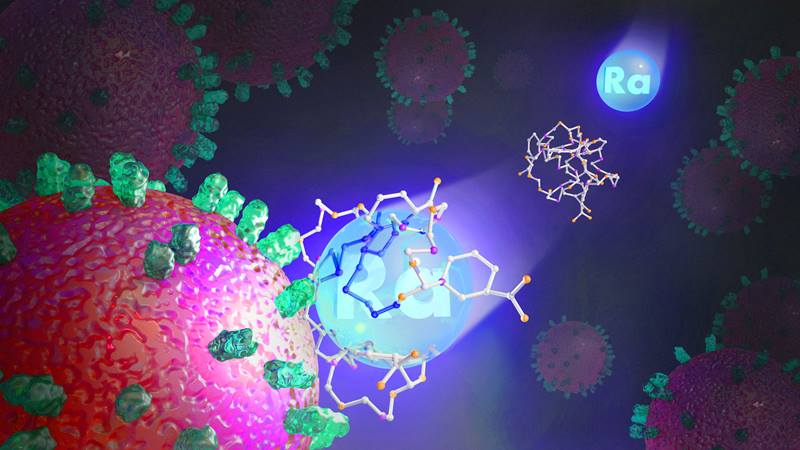
Understanding radium’s chemistry increases the likelihood of using it for targeted alpha therapy in soft tissue.

X-rays penetrate a working electrode to determine the structure and chemistry in play when water enters the electrochemically active layers.

For the first time, scientists observe a new and rare decay mode where oxygen-13 breaks into three helium nuclei and a proton following beta decay.
Scientists working on atmospheric research campaigns have opportunities to collect data and have experiences available nowhere else.
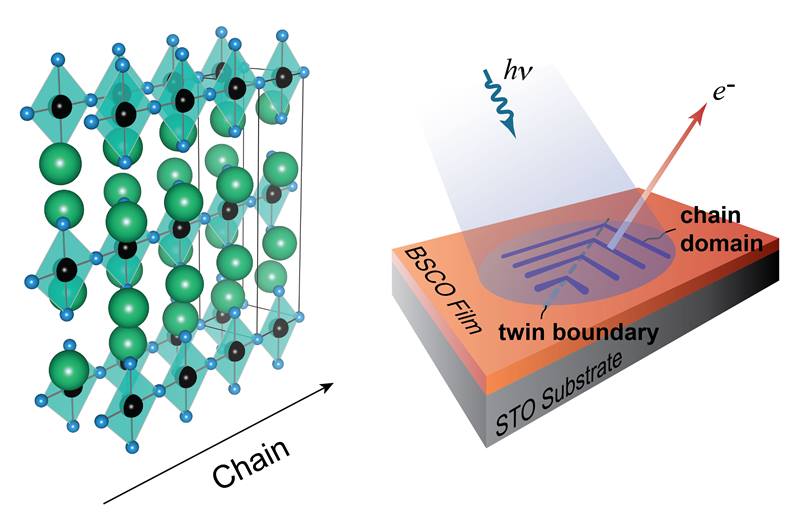
Scientists can now verify theoretical predictions using one-dimensional compositions grown in-situ at a synchrotron spectroscopy station.

Researchers advance the use of cerium/lanthanum-134 for medical scans in actinium-225 cancer therapy.
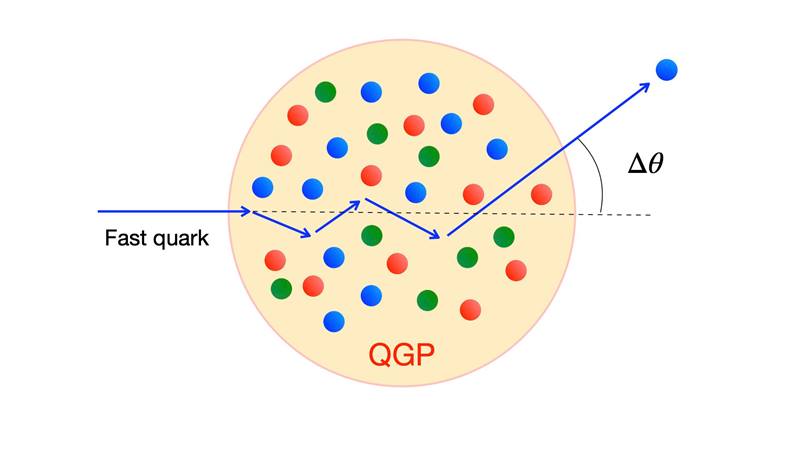
New calculations suggest that high energy quarks should scatter wider and faster in hot quark matter than can be accounted for by local interactions.
Using data from two different telescopes, researchers created a massive map that can reveal more about our universe’s evolution.

Package provides end-to-end analysis of microscopy images for accelerated materials research.

First measurements of how hypernuclei flow from particle collisions may give insight into the strange matter makeup and properties of neutron stars.

Modern nuclear theory predicts that nucleons appear less “squishy” when probed with neutrinos than was previously inferred from experimental data.